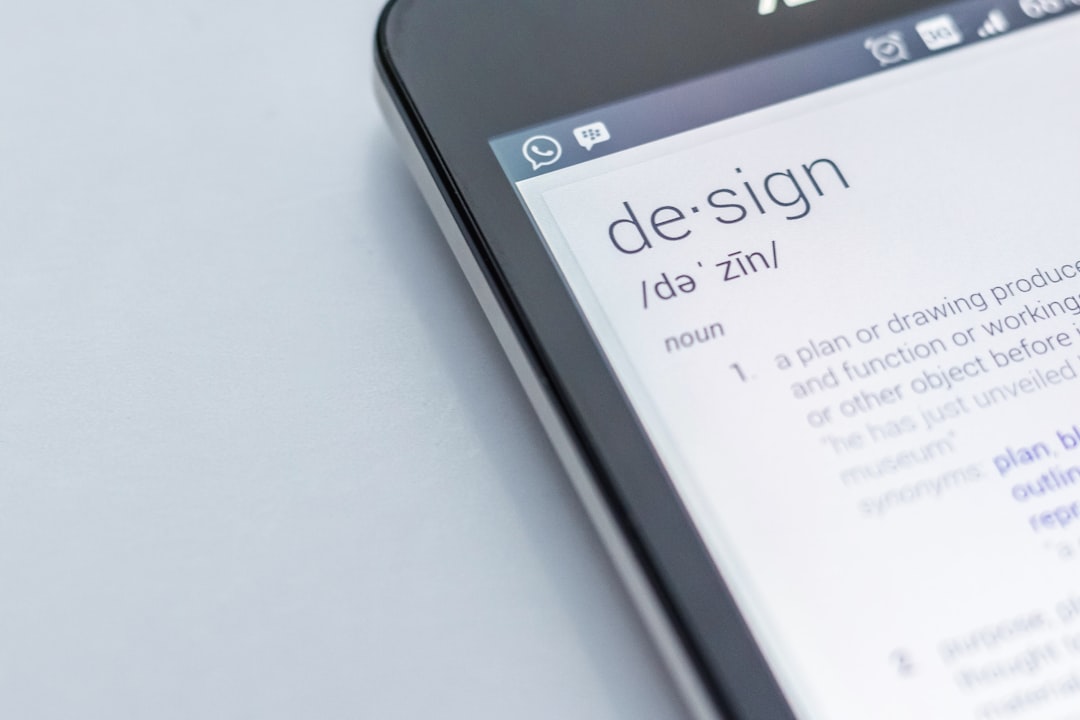
Designing Custom Templates for Wearable Assets on Unique Platforms
In the rapidly evolving world of technology, wearable assets have emerged as pivotal components in both personal and professional spheres. From smartwatches to fitness trackers, these devices are designed to enhance user experience and streamline interactions with technology. However, to maximize their potential, designing custom templates for these wearable assets on unique platforms is essential. This article delves into the intricacies of creating tailored templates, current trends, and practical applications, equipping you with the knowledge to navigate this burgeoning field.
Understanding Wearable Assets
Wearable assets are devices that can be worn on the body to provide various functionalities, including health monitoring, notifications, and connectivity. As these devices become more sophisticated, the need for customization has risen, allowing users to personalize their experience. Custom templates play a crucial role in achieving this, as they define the layout, functionality, and aesthetic of the wearable interface.
The Importance of Custom Templates
Custom templates allow developers to create unique user experiences tailored to specific platforms. By focusing on the user’s needs and preferences, custom templates can enhance usability and engagement. Consider a fitness tracker that allows users to customize their dashboard with preferred metrics, such as heart rate, steps, and calories burned. This personalization not only improves user satisfaction but also encourages continued usage.
Current Developments in Wearable Technology
The wearable technology landscape is continually evolving. Recent developments include advancements in health monitoring capabilities, improved battery life, and integration with IoT (Internet of Things) devices. For example, companies like Apple and Fitbit are consistently updating their platforms to support more customizable features.
Emerging Trends
-
Interoperability: As more devices enter the market, ensuring compatibility across platforms is crucial. Designers must create templates that can seamlessly integrate with various operating systems, such as Android and iOS.
-
User-Centric Design: Adopting a user-centric approach in template design is becoming increasingly important. Conducting user research and usability testing can help identify the most valuable features and layouts.
-
Augmented Reality (AR): AR is beginning to play a significant role in wearable technology. Custom templates that utilize AR can provide users with immersive experiences, such as visualizing workout stats in real-time.
Practical Applications of Custom Templates
To illustrate the importance of custom templates, let’s take a look at a few practical applications:
Case Study: Health Monitoring Wearables
A notable example is the use of custom templates in health monitoring wearables. Companies are now enabling users to design their health dashboards by selecting which health metrics to display. This not only allows users to focus on their specific health goals but also fosters a deeper connection with the device.
Example: Fitness Apps
Fitness applications on wearables often come with pre-defined templates. However, by allowing users to customize their workout screens, developers can cater to individual fitness journeys. A runner, for instance, might prefer to see pace and distance, while a cyclist might prioritize elevation and speed.
Tools and Resources for Designing Custom Templates
To create effective custom templates for wearable assets, several tools are available to assist developers:
-
Figma: A collaborative interface design tool that enables designers to create and prototype wearable interfaces.
-
Sketch: A vector graphics editor that’s perfect for designing UI elements and templates.
-
Adobe XD: A powerful design tool that allows for creating interactive prototypes and user flows.
For those interested in further reading, consider exploring:
Expert Opinions
According to industry expert Dr. Jane Doe, “The future of wearable technology lies in personalization. Custom templates will become the norm, as users seek to have devices that resonate with their lifestyles.” This perspective underscores the significance of designing unique templates that cater to user preferences.
Conclusion
In summary, designing custom templates for wearable assets on unique platforms is not merely a trend; it’s a necessity for enhancing user experience. With the continuous advancements in wearable technology, embracing customization will set products apart in a saturated market. By leveraging user-centric principles and emerging trends, developers and designers can create templates that not only meet but exceed user expectations.
As you embark on your own journey into the world of wearable technology, consider experimenting with the tools and resources mentioned above. Stay updated with the latest trends and best practices in the field, and don’t hesitate to share your insights and experiences with the growing community. Embrace the future of wearable assets by exploring custom templates and enhancing user experiences.


